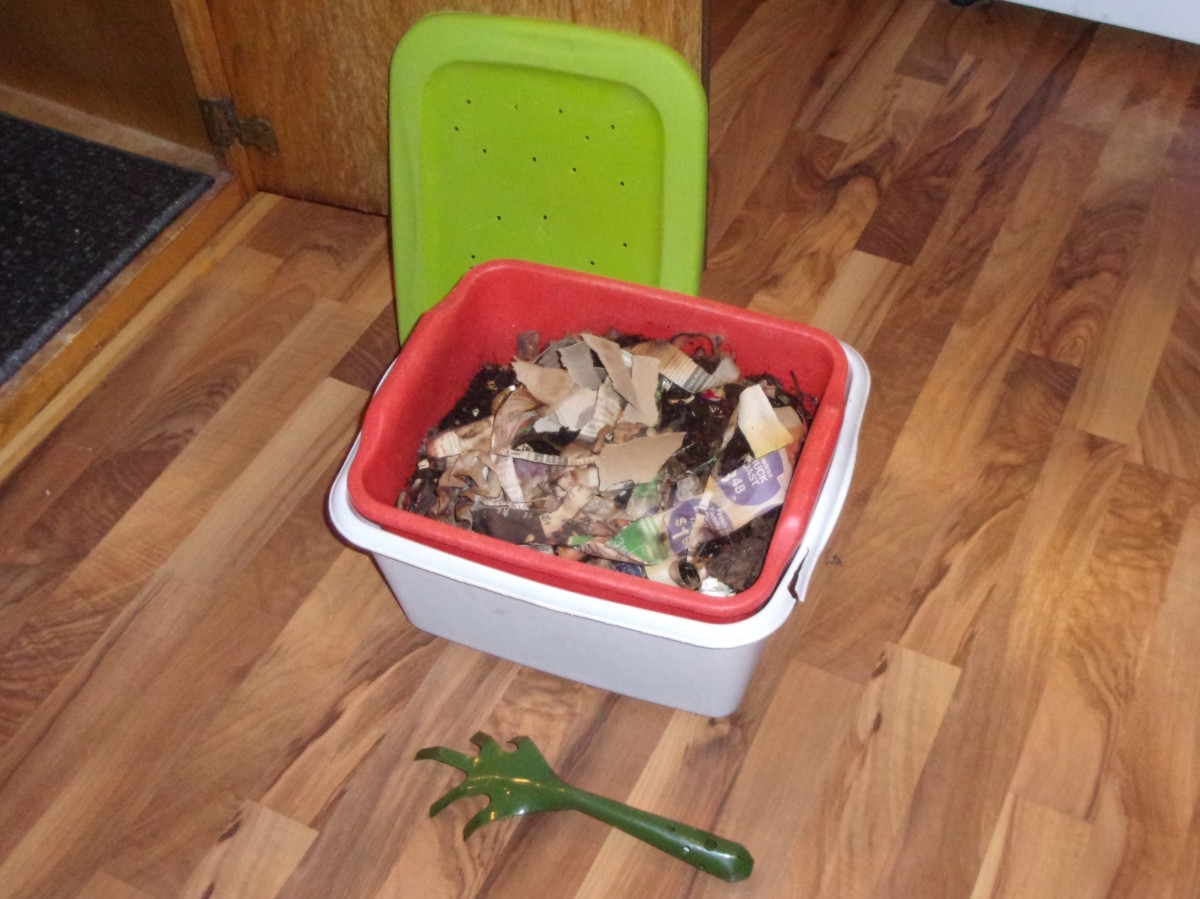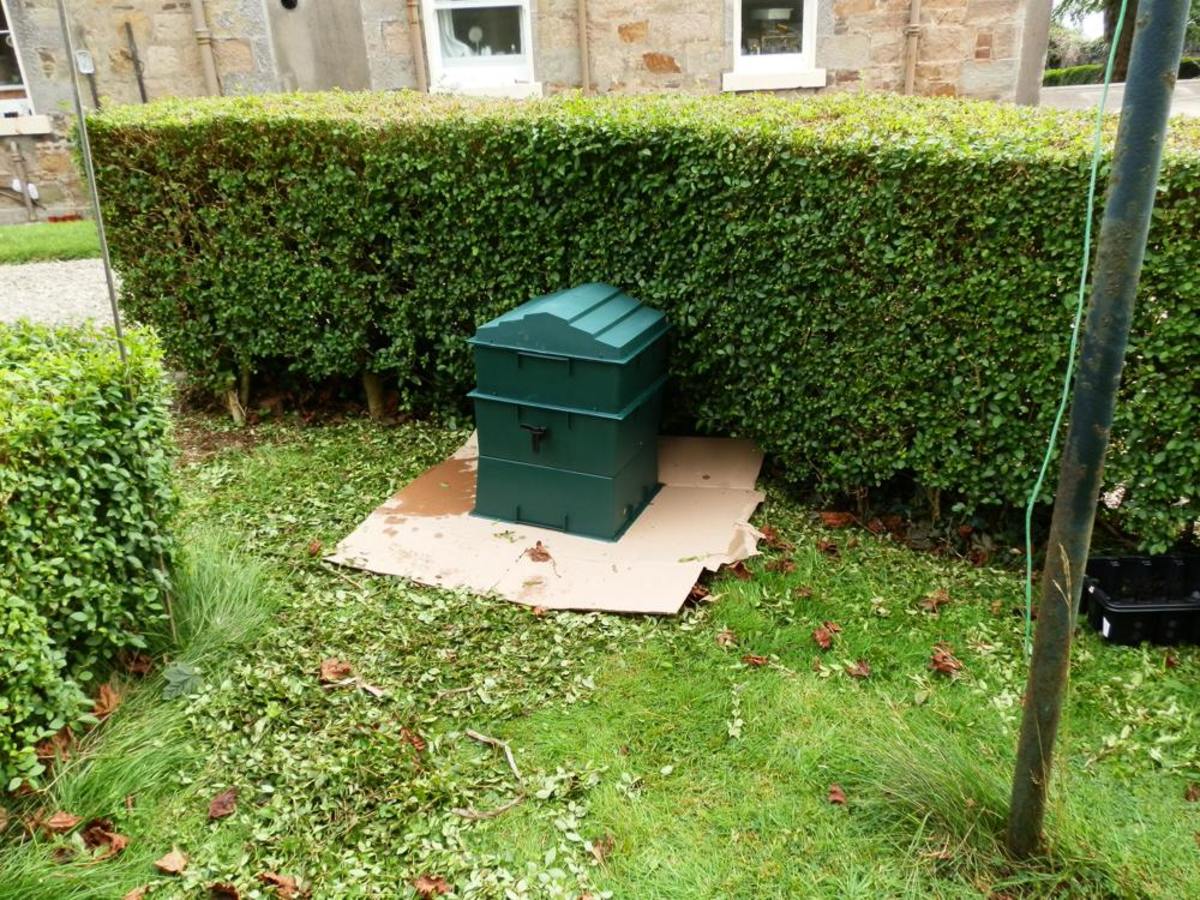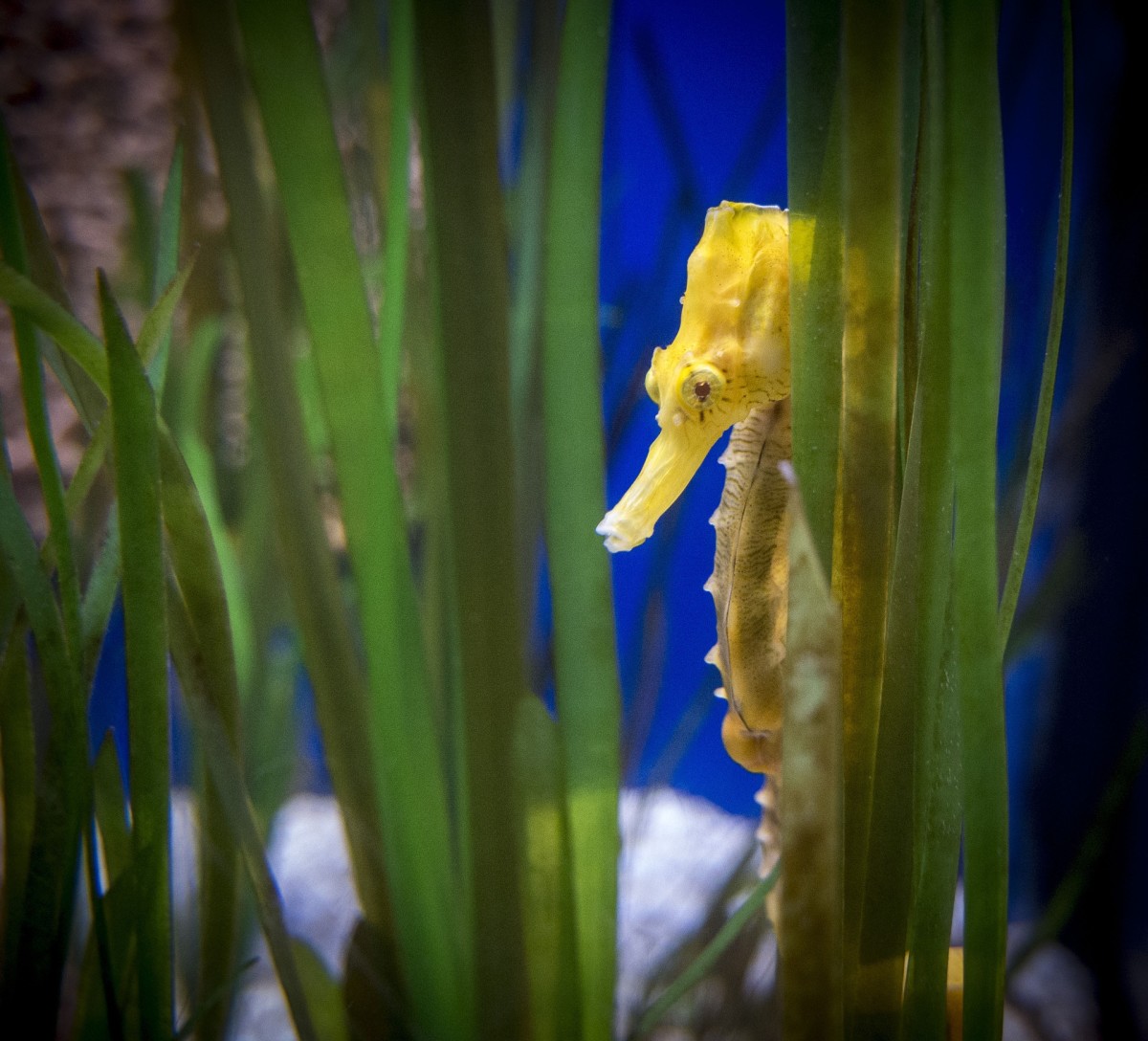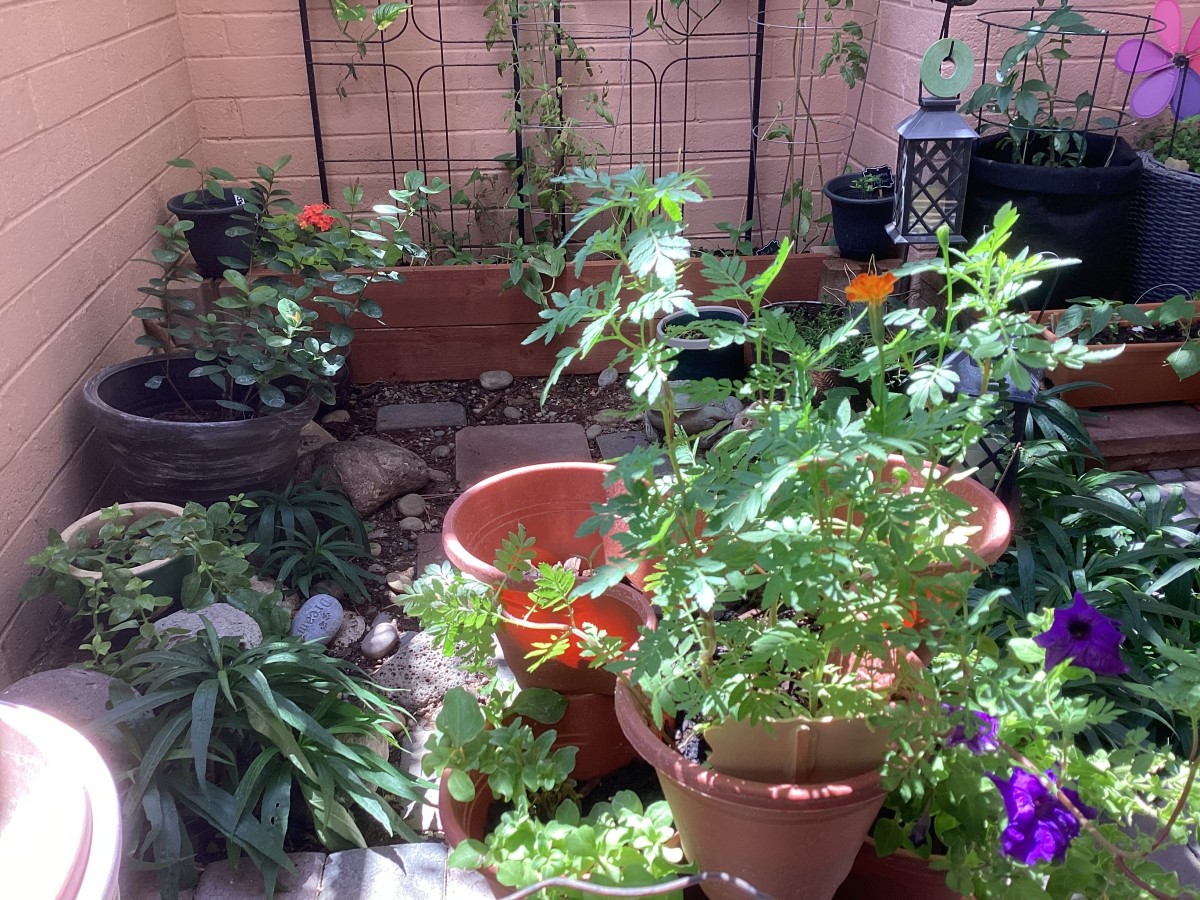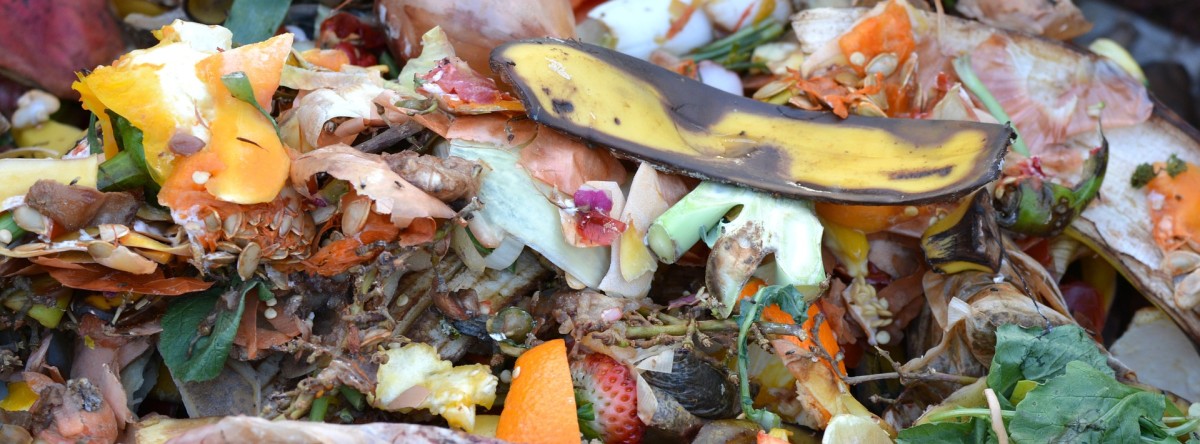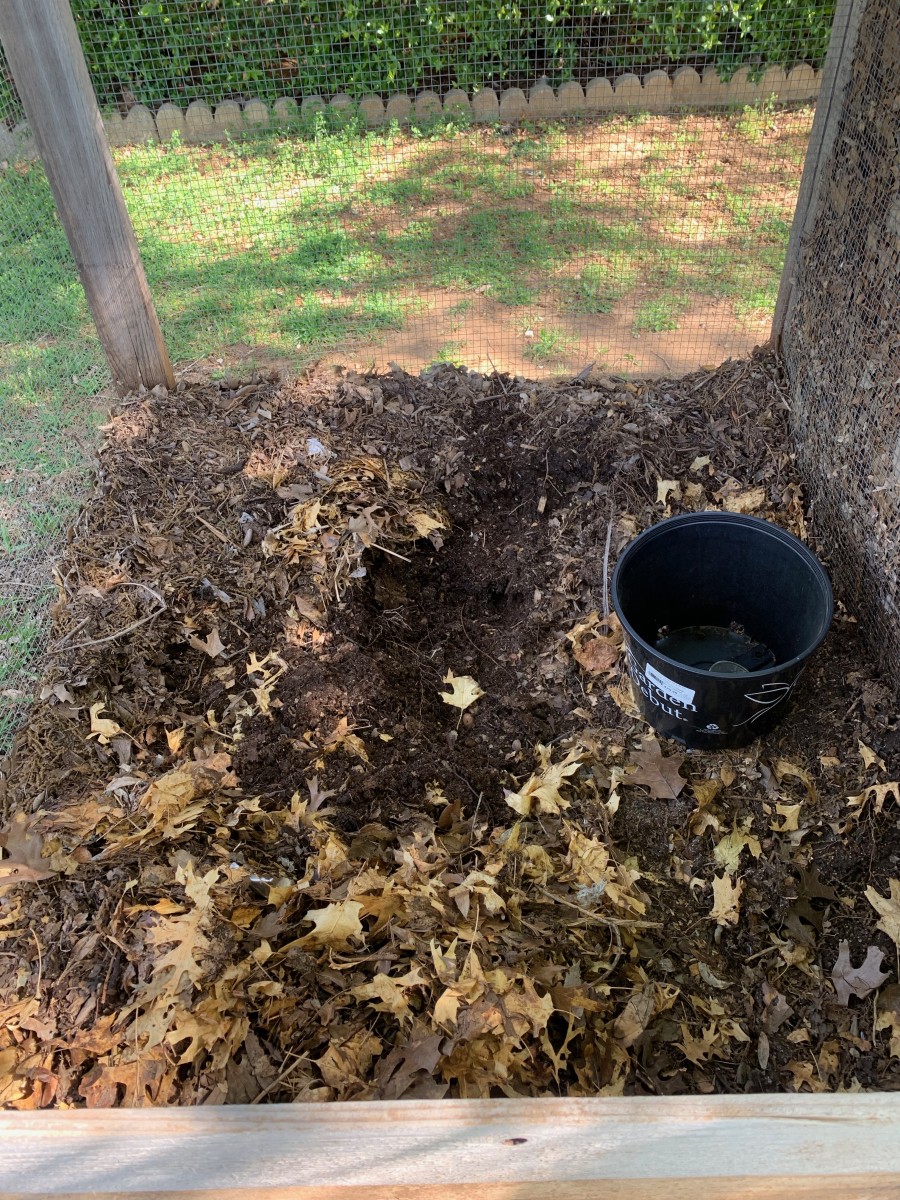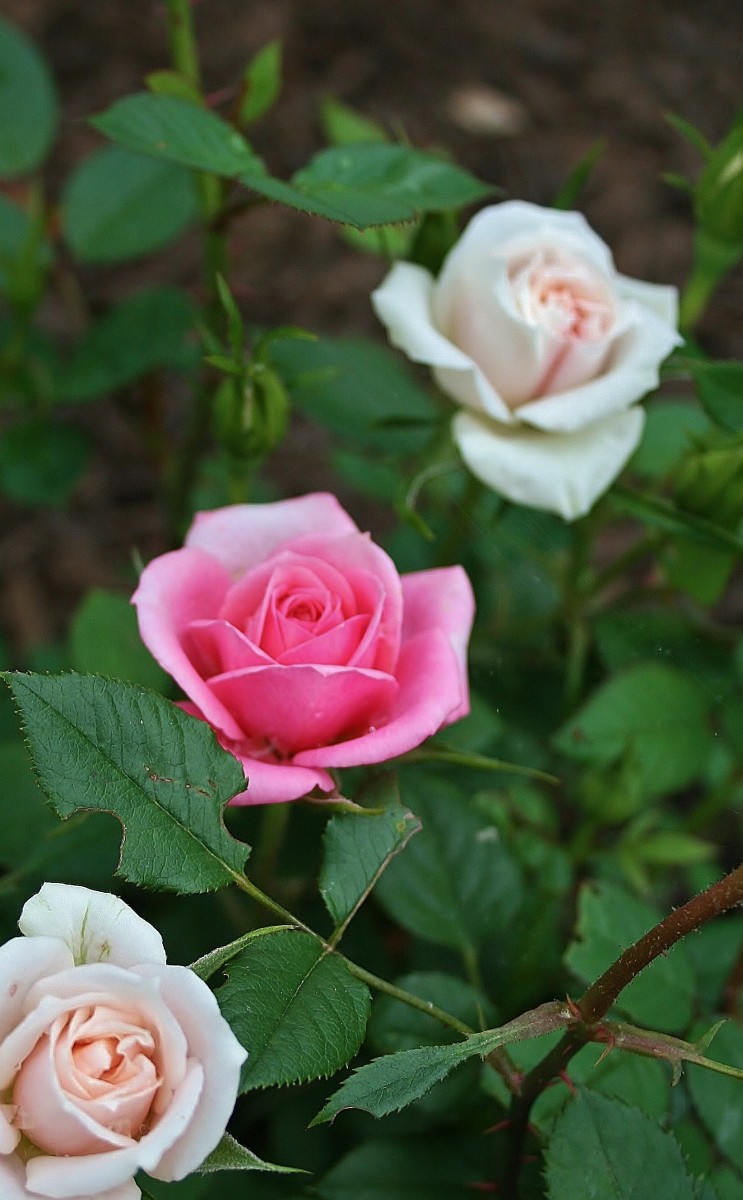Vermicomposting – Worm Composting 101 – Home Composting
If you live in the city, whether in a house or an apartment, you can make compost. I know you are probably thinking, “that sounds smelly and messy”. It isn't and the compost you will create is perfect for gardening. Worm composting produces the richest natural fertilizer available. Using the compost from your home composting bin will give you a great chance for healthy vibrant plants. So, if you think you have a brown thumb and can't grow your own vegetables or herbs, think again. When you use the worm castings, you don't need to worry about overdoing it, you can use as much of the worm casting as you like. They will not “burn” or harm your plants.
If you don't have much outdoor / backyard space, you can still use the compost you create to make beautiful indoor gardens. You could even create a windowsill garden if space is tight. Imagine the great scent of a herb garden inside your house. Why not grow some basil or dill for use in the kitchen?
Demonstration of the Worm Factory Compost System
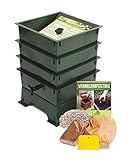
Make Compost – How to Get Your Worm Compost Started – Compost at Home
Vermicomposting (worm composting) is easy. You can get started with a simple plastic or rubber container or there are good kits availble as well. When we lived in Canada, we purchased a worm compost kit and it worked very well for us. Here in Costa Rica, I live in a fairly remote area and haven't been able to get a kit. We are using a large plastic container. It has been more maintenance, but it is working well enough for us. A good kit will come with two or three trays and as the worms finish eating the waste in the lowest tray, they will migrate upwards to the next tray. This makes your job so simple, when they are finished with the lower tray all you are left with is the finished compost ready for your plants. Another feature to look for in a kit is a drain spigot. This lets you easily collect the liquid fertilizer that is produced from the nutrient rich moisture that drains to the bottom. Just open the spigot when you are ready for more liquid fertilizer.
Making worm compost is not just about recycling your kitchen scraps either. The worms will even take care of your junk mail (just not glossy pages) and cardboard. You give these kitchen scraps and junk mail to the worms and they will return to you beautifully nutrient rich compost for your garden.
Now don't just go out and dig up any old worms, a good earthworm to use is called the Red Wigglers. If your town has a composting center you can probably purchase red wigglers from them. Interestingly, they are available online as well. You can have Red Wigglers delivered right to your door.
Here are some suggested resources if you are interested in learning more on vermiculture and its benefits.
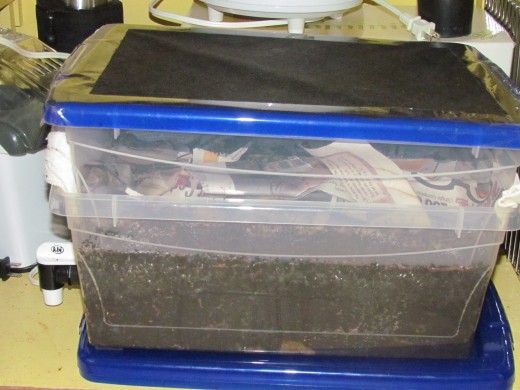
Make Your Own Worm Compost Bin
We made our own worm compost bin. We put it together using plastic storage bins. We put a spigot in the bottom bin so that the leachate can be drained from the bin to keep the moisture content at the optimum level which is similar to a wrung out sponge. We use the containers lid to keep out fruit flies and to contain the worm. It's important the worms get air flow, so we cut a large rectangular hole in the lid with just a two inch outer frame to maintain the integrity of the lid. We then covered the hole with landscaping cloth.
We have three bins, the two bins that go on top have holes drilled in their bottoms about 1 1/2 times the width of our worms. The way we work our system works is to start with just one bin, the one with the spigot. When that bin gets 3/4 full we stop adding new material and put one of the bins with holes drilled in the bottom on top of the first bin. We then add new materials to the top bin only. The lid now goes on top of this bin.
Stopping Fruit Flies In A Worm Bin
One of the most common problems for people with a worm bin is fruit flies. When I first got started I had an explosion of fruit flies. I lifted the lid one day and boom out came a mass of fruit flies. The solution is to always bury your scraps under a layer of vermicompost or bedding. If I haven't got a lot of material yet to bury it in, I add shredded newspaper to the top as well. It is very important to make sure that you don't have exposed decomposing material. You'll get loads of fruit flies and there is bound to be a smell. A properly maintained bin should not smell bad. Watch your soil moisture level as well, remember only as damp as a wrung out sponge. It's good for the worms and keeps the odor and fruit fly population down.
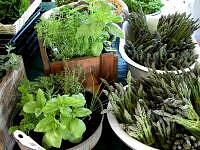
Container Gardening and Companion Planting
Container gardening is becoming more popular every year. With very little space you can grow an impressive amount of vegetables, fruits and herbs. Tomatoes do so well in containers, but there are so many other fruits and vegetables you can grow on your own. One thing to be aware of with container gardening or gardening in general is something called companion planting. There are plants that grow better together as companions and other plants are adversely effected by the presence of some plants. For example, tomatoes and carrots grow well together and so do basil and oregano, whereas dill does not do well when planted with carrots. It's not complicated, so don't let this throw you off the idea of growing your own vegetables as there are a number of good resources available on companion planting and container gardening.
100 Mile Diet
Lately there has been a greater awareness of the source of our vegetables and fruits, and the great distances many of our foods travel to make it to our plates. A couple from Vancouver wrote a book about eating for one year on foods that came within 100 miles. If you are interested in growing your own food, why not get started with a small indoor or backyard garden
Other Articles By Surf Traveler
- Sustainable Agriculture Biodynamics - An Introduction
In the fall of 2008 I moved to Costa Rica with my wife and 8 year old son. We moved onto a biodynamic farm to learn about more sustainable living, organic gardening, and intentional communities. We spent a... - Learn to Surf How to Stand Up on a Surfboard
- How to Fly Cheap From Vancouver to Costa Rica
- Costa Rica 5 Hidden Treasures Off The Tourist Trail
- Family Adventure Travel Granada Nicaragua
- Learn to Surf Can I Paddle Faster on a Shortboard?




